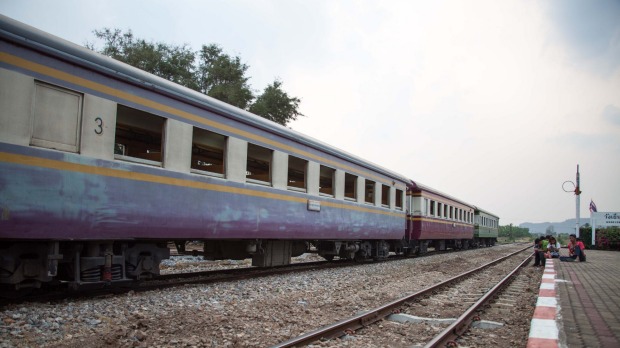
Night time in the jungle. The sound of pick axes striking rock. The air is thick with the smell of bonfires, their flames casting eerie shadows of gaunt men against chasm walls. They are badly malnourished, forced at gunpoint to work 14-hour days amid swarms of mosquitoes.
Should any of them rebel, the consequences will be severe, they will be shot, beaten or punished in ways of unimaginable cruelty. Out here, they must do nothing more than survive.
The scenes of horror are playing out only in my mind's eye, but with the audio guide pressed to my ear, it's not hard to imagine what transpired here back in the midst of World War II.
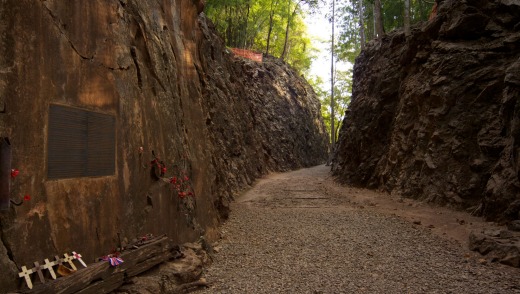
I'm at Hellfire Pass, the most infamous section of the Burma to Thailand Railway that once spanned 415 kilometres between Ban Pong, Thailand and Thanbyuzayat, Burma.
Commissioned by the Japanese Imperial army in June 1942, it was devised as an alternative supply route for their forces in Burma, bypassing the more dangerous sea passage, with one eye also focused on a potential invasion of India.
I had begun my explorations in Kanchanaburi, a small border town 120 kilometres west of Bangkok where a slick museum detailed the sobering backstory through a series of well curated exhibits.
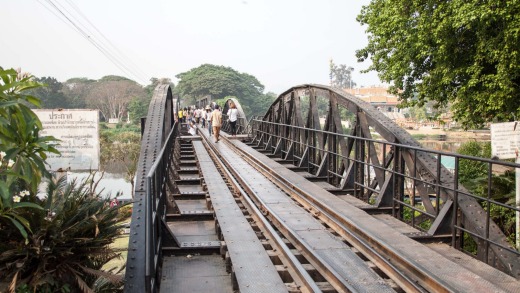
The air is dry and stiflingly hot as I navigate a stone stairway down to a flat trail where the track once lay. With the sound of cicadas ringing in my ears the audio guide leads me to a series of check points detailing pivotal events.
This stretch of railway (so named because "It looked like a living image of hell itself") represented the toughest challenge for the prisoners due to its geographical remoteness, solid stone cliff faces and sloping jungle terrain.
Severely weakened from starvation, men would hump four-metre-long bridge timbers carried on their shoulders over rocks on high passes, the ground treacherously slippy from the frequent monsoons that also spread cholera.
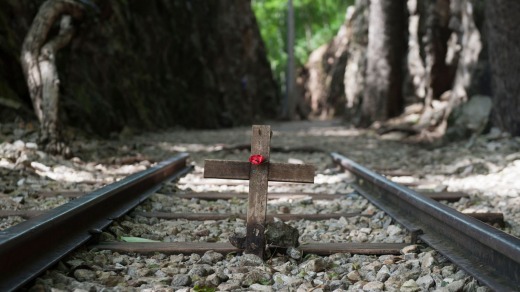
With construction taking place at such a punishing rate, the railway was fully operational in just 15 months. To put that in perspective, most engineers today estimate the project would take a minimum of five years. It came at a severe cost. Of the estimated 300,000 POWs to work on the railway – a mix of Asian, Dutch, British, Australian and Americans – around half perished, hence the moniker, Death Railway.
Those who did survive managed through sheer strength of mind and spirit.
At the end of the trail, the Hellfire Pass Memorial Museum provides many examples. There are moving tales of camaraderie and mateship, men frequently used dark humour, often at the guards' expense to get through the long days, assigning facetious nicknames or even making jokes at their own physical deterioration.
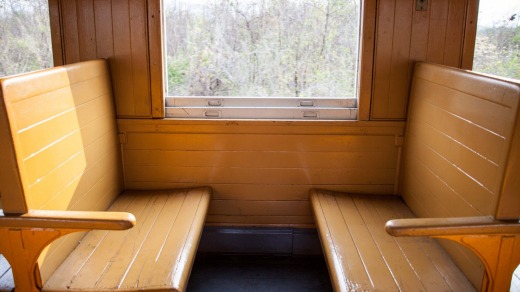
At Nam Tok Station, a short drive further west, I board a train for a ride back to Kanchanaburi on the only remaining section of track still in operation. Though most of it was decommissioned in the wake of World War II, a 130 kilometre portion remains active at the behest of the Thai government.
As one might expect, the carriages are far from luxurious, it's a simple set up of wooden benches painted fetching shades of yellow or pastel blue. With every window fully open, there's a welcome breeze as the train shudders through dense bush soon widening into lush plantations flanked by slate grey mountain ranges.
It's dark by the time we arrive back at Kanchanburi Station where many of us hop off. Picking our way across the tracks on the bridge over the River Kwai, I watch silhouetted figures peel off into the night.
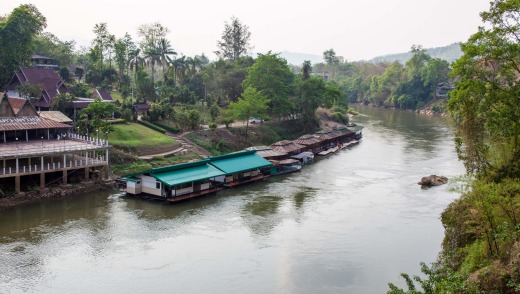
With a faint whistle, the train too disappears, the pallid yellow glow of the open windows quickly enveloped by the shadows.
Soon it has gone, like so many of the POWs who built this line. Gone, but never forgotten.
Go-Myanmar.com
Thai airways fly direct from Sydney and Melbourne to Bangkok. thaiairways.com.
The Intrepid Travel 14-day Burma to Thailand trip travels south from Yangon to Bangkok and includes a visit to the Death Railway. From $2400. See intrepidtravel.com.
Guy Wilkinson was a guest of Intrepid Travel and ASEAN (Association of South East Asian Nations).